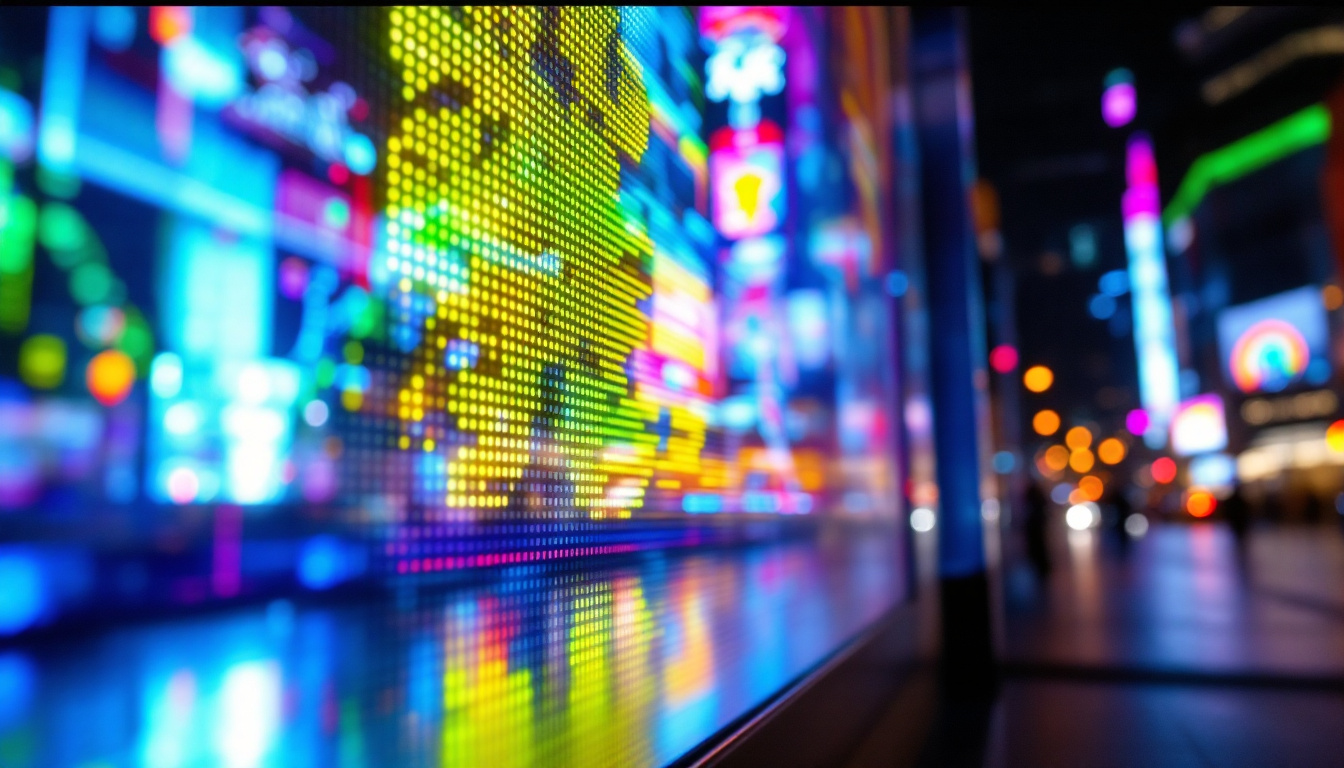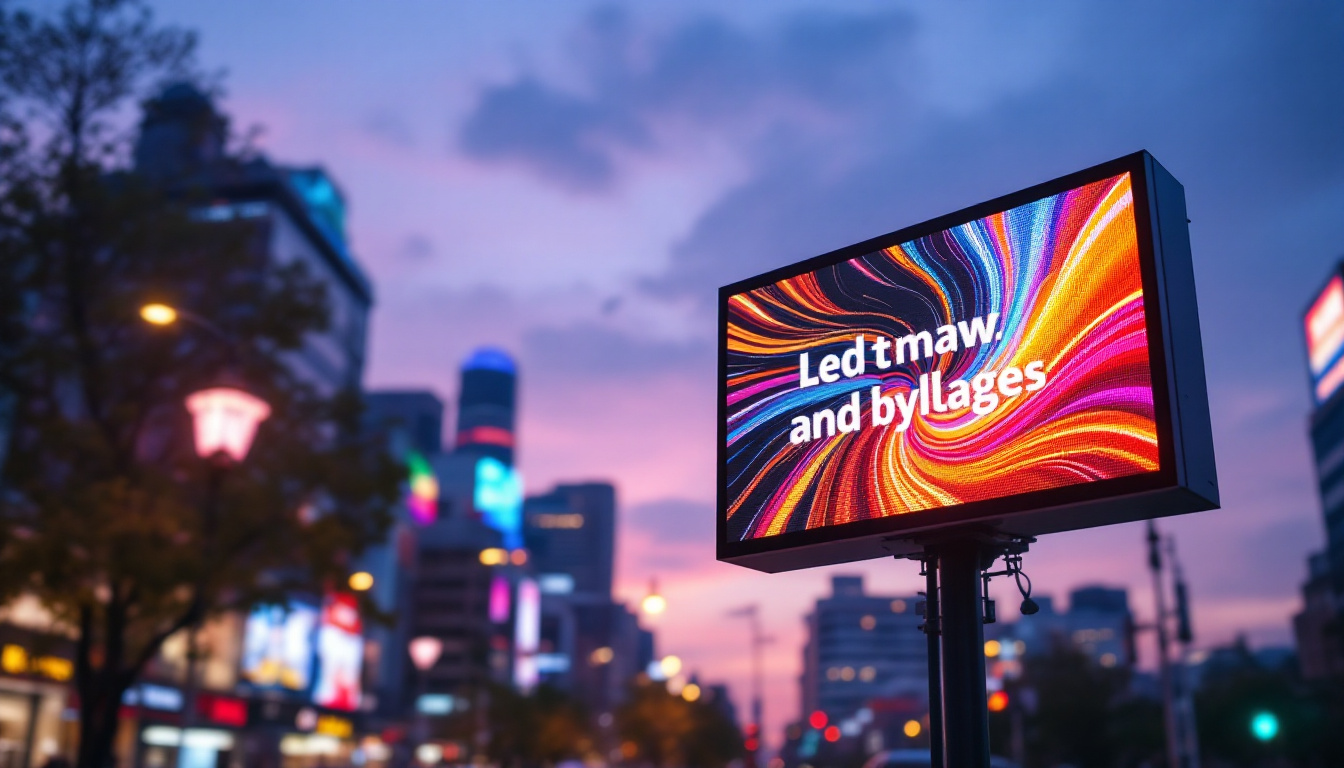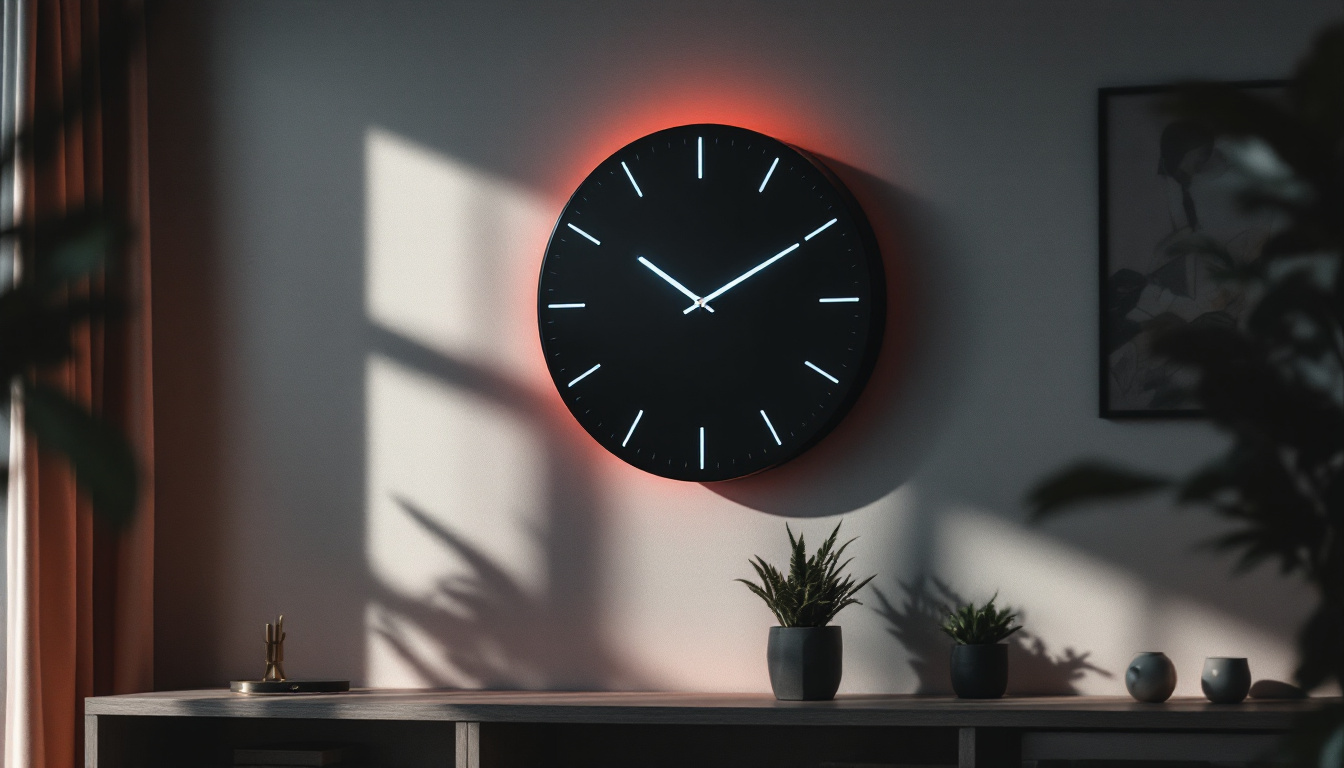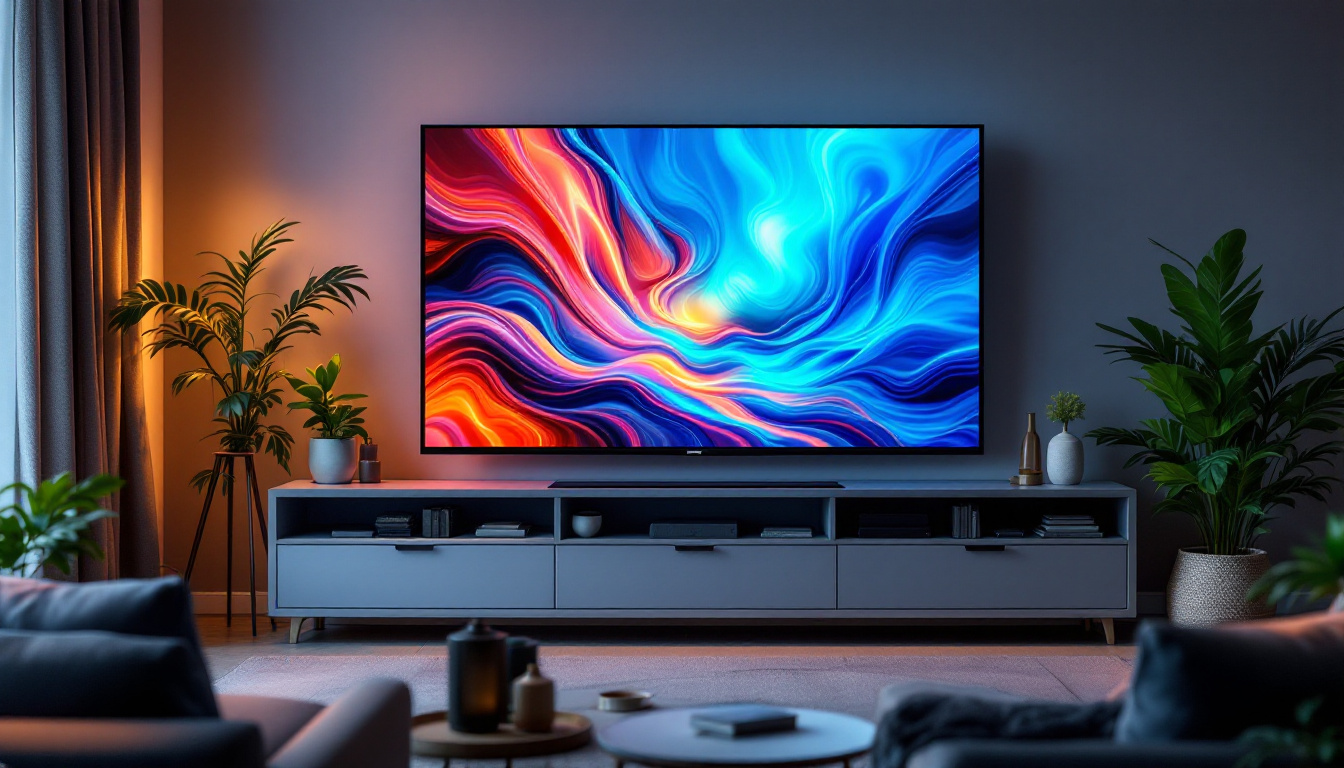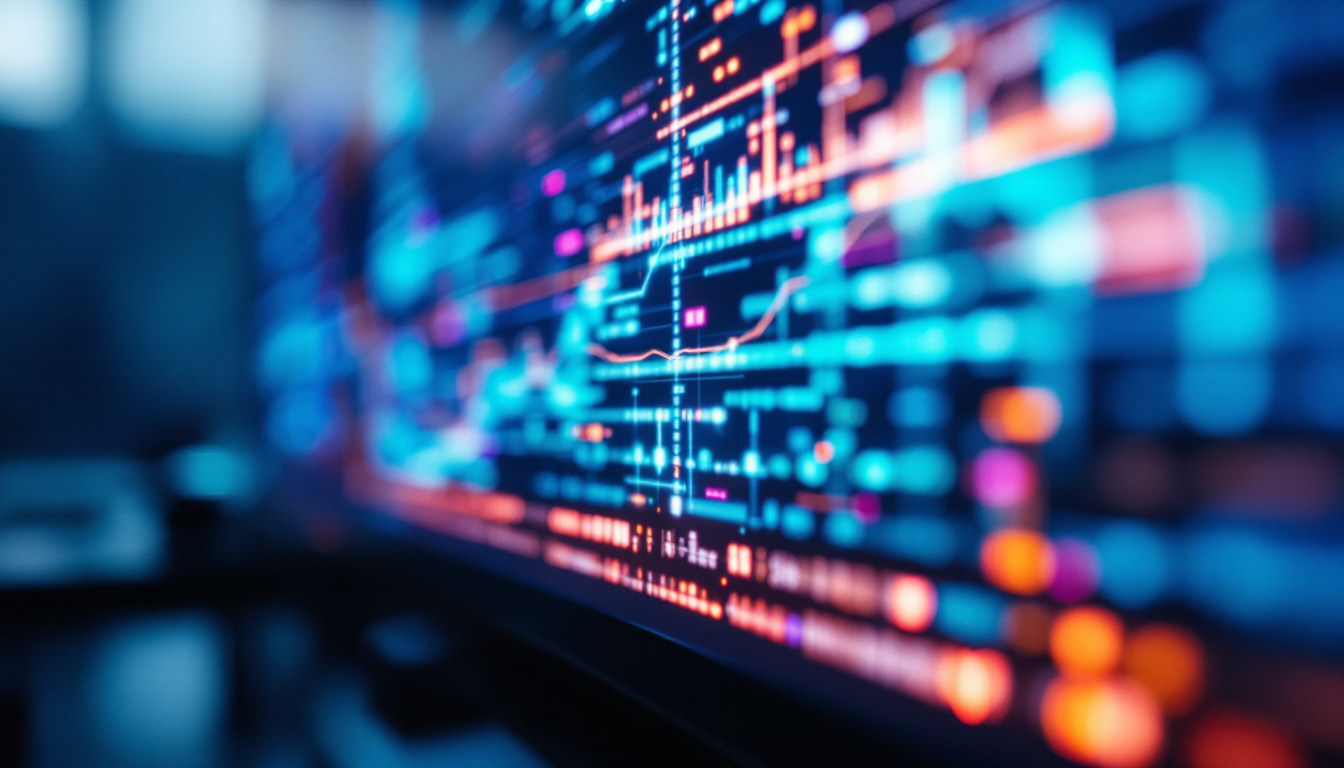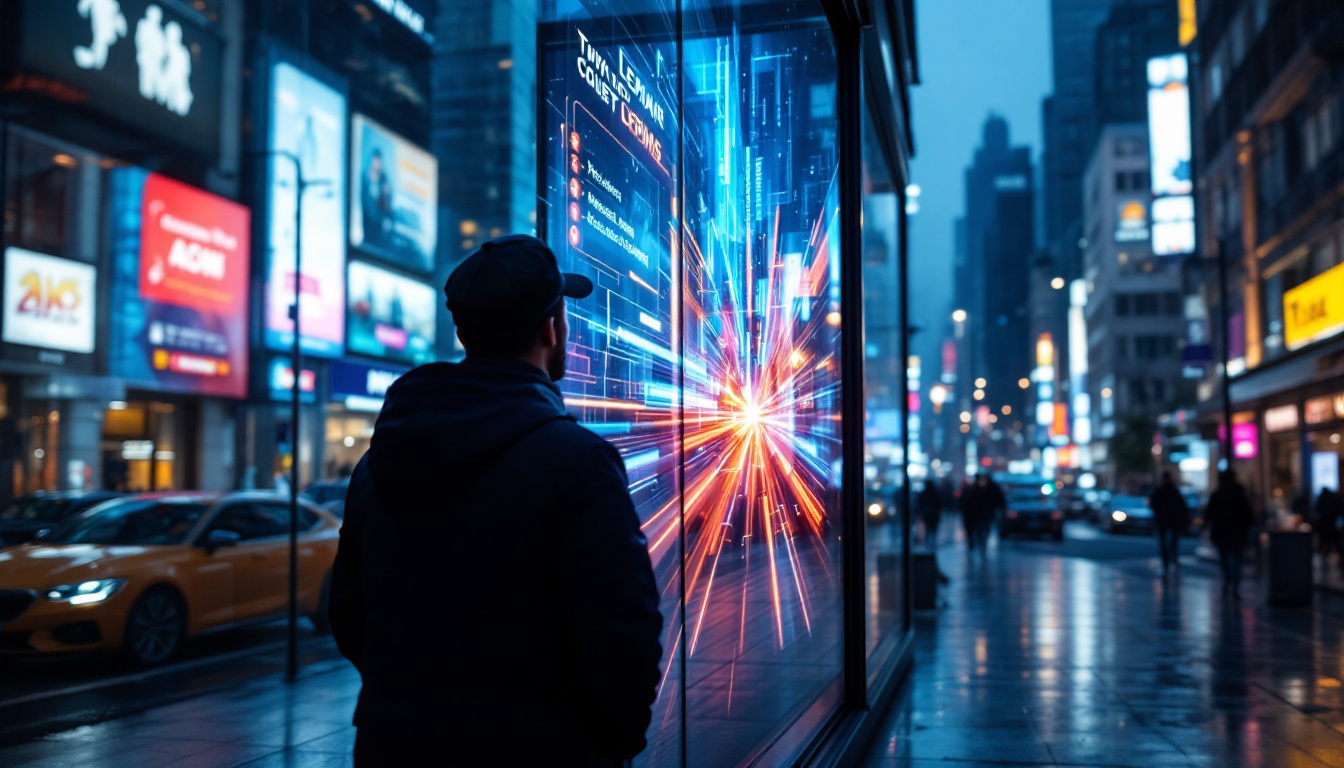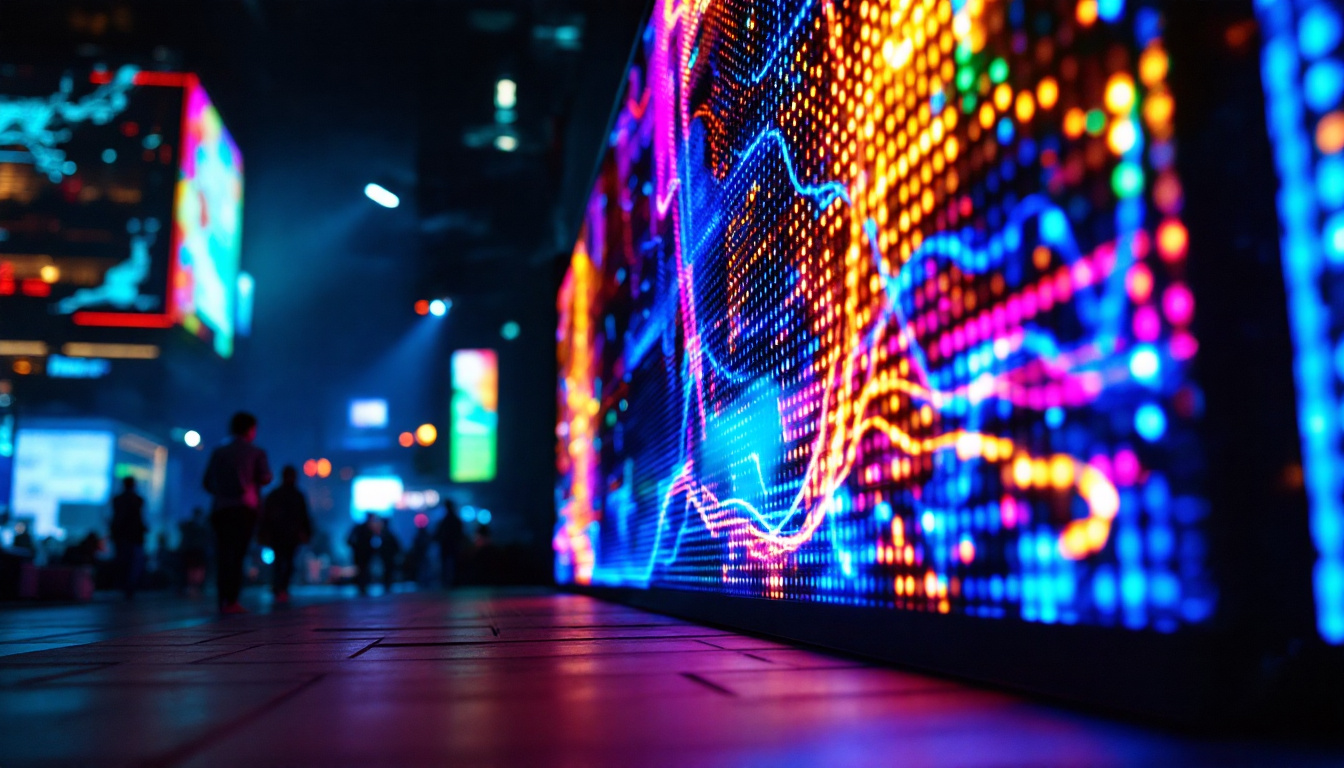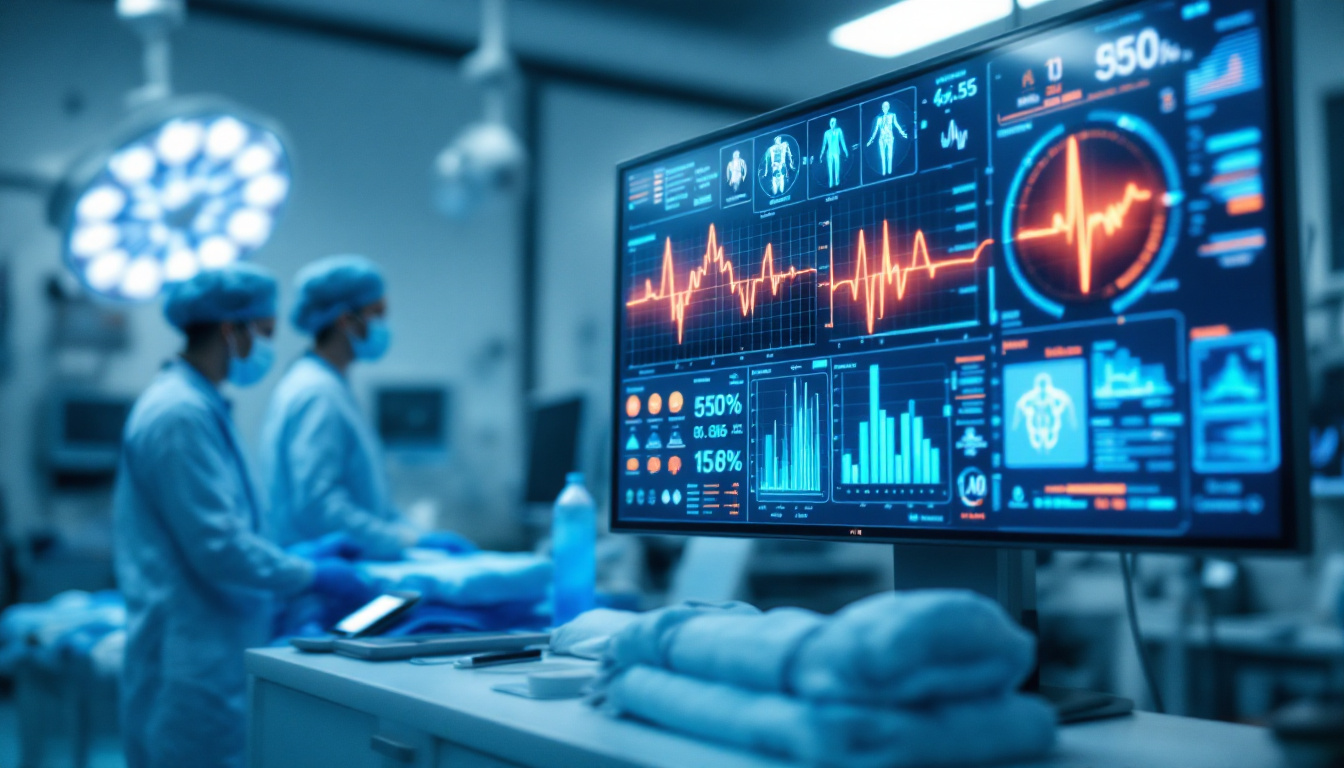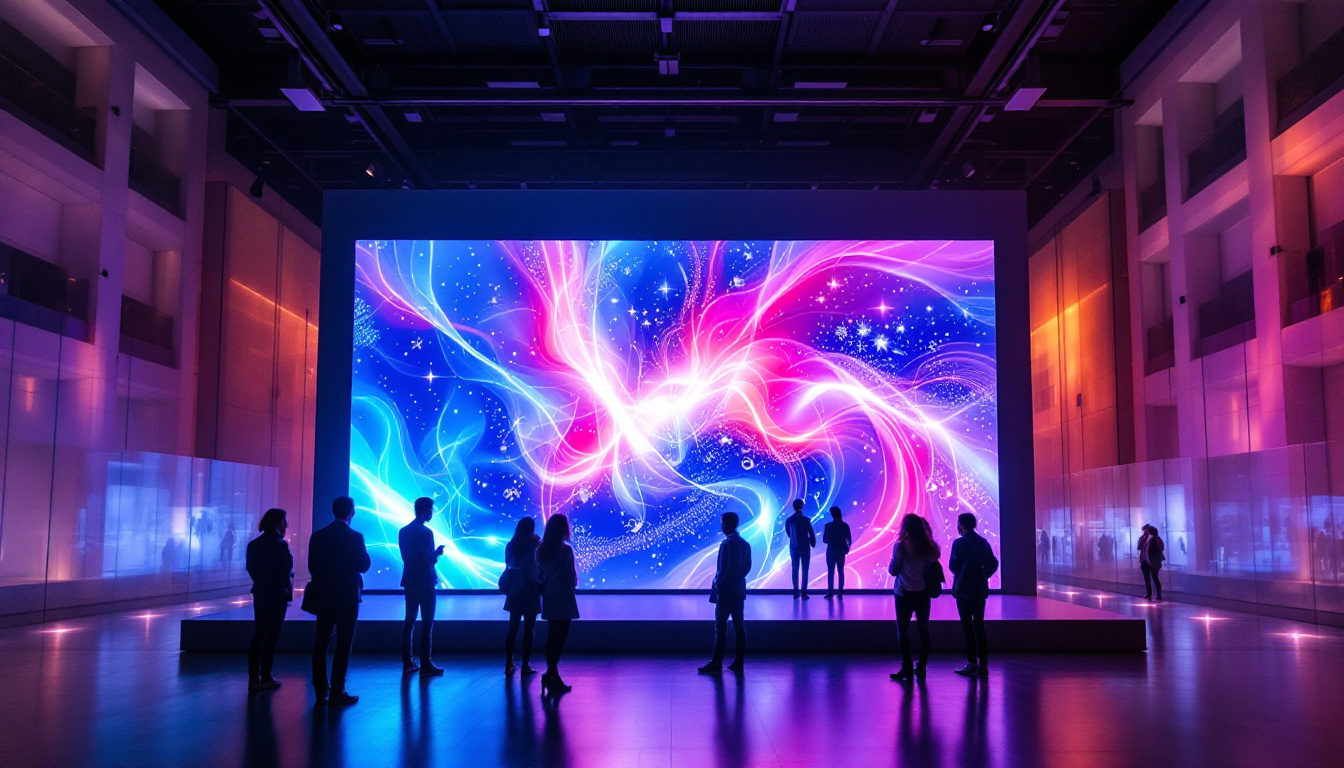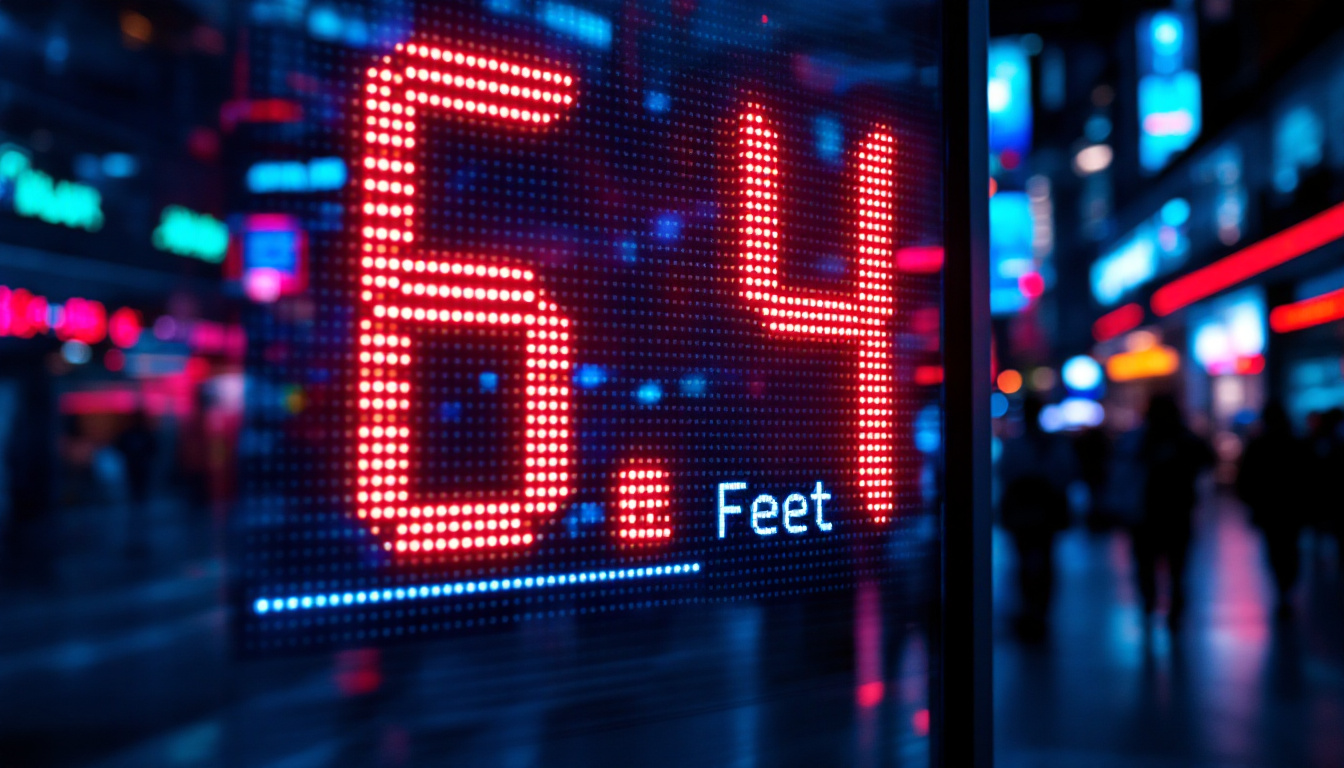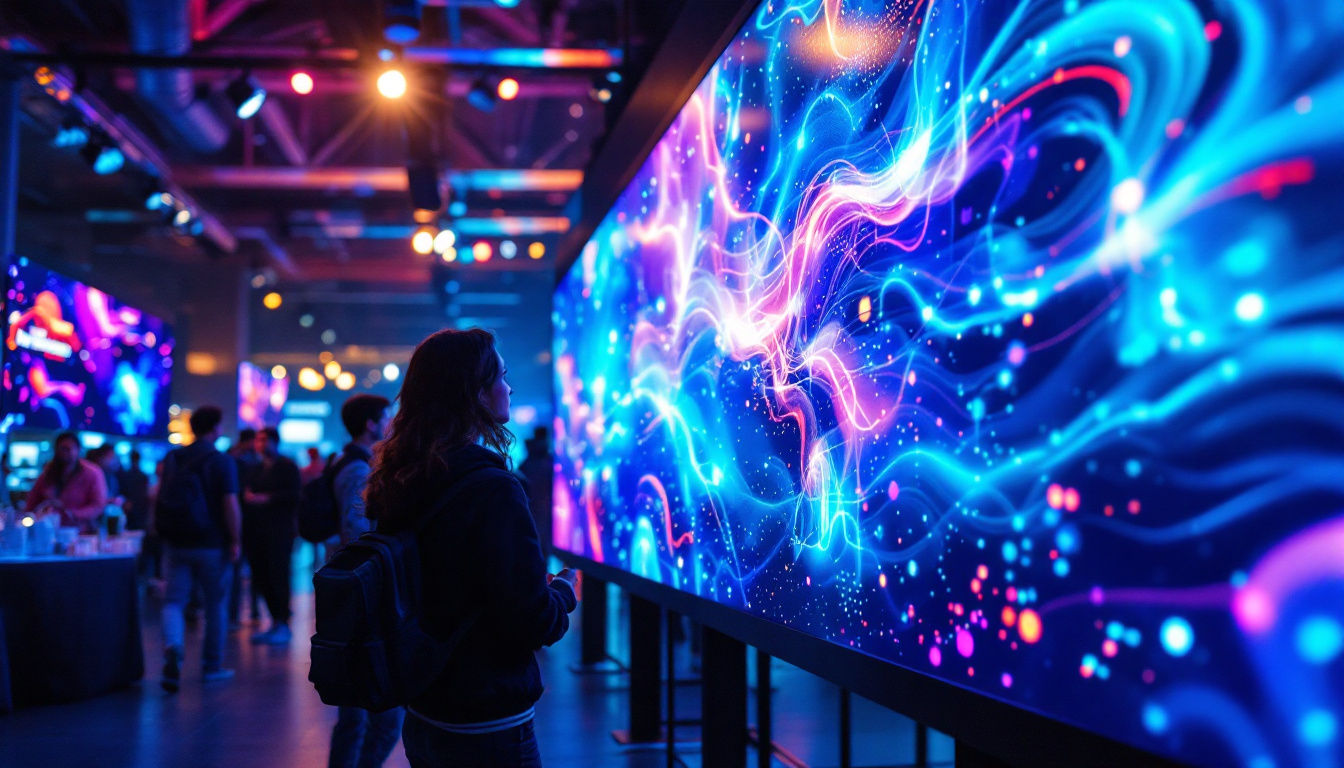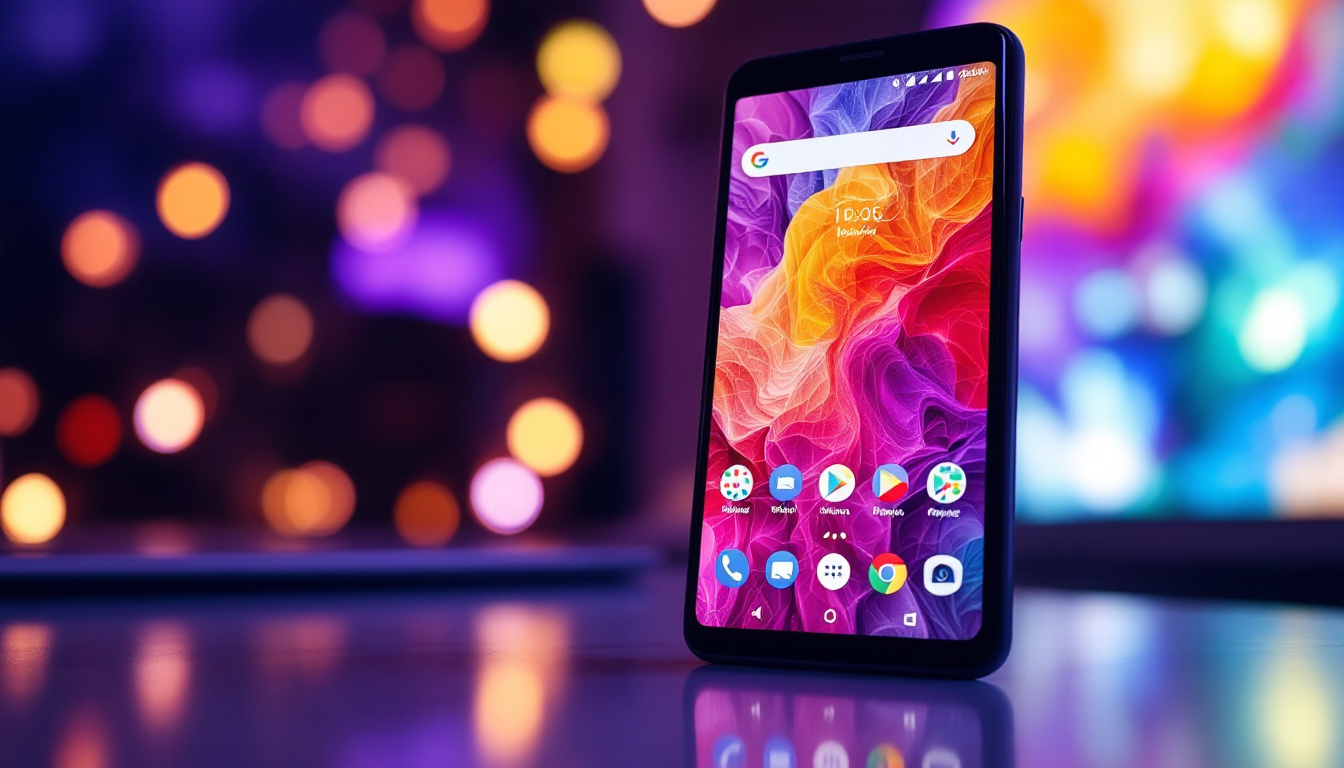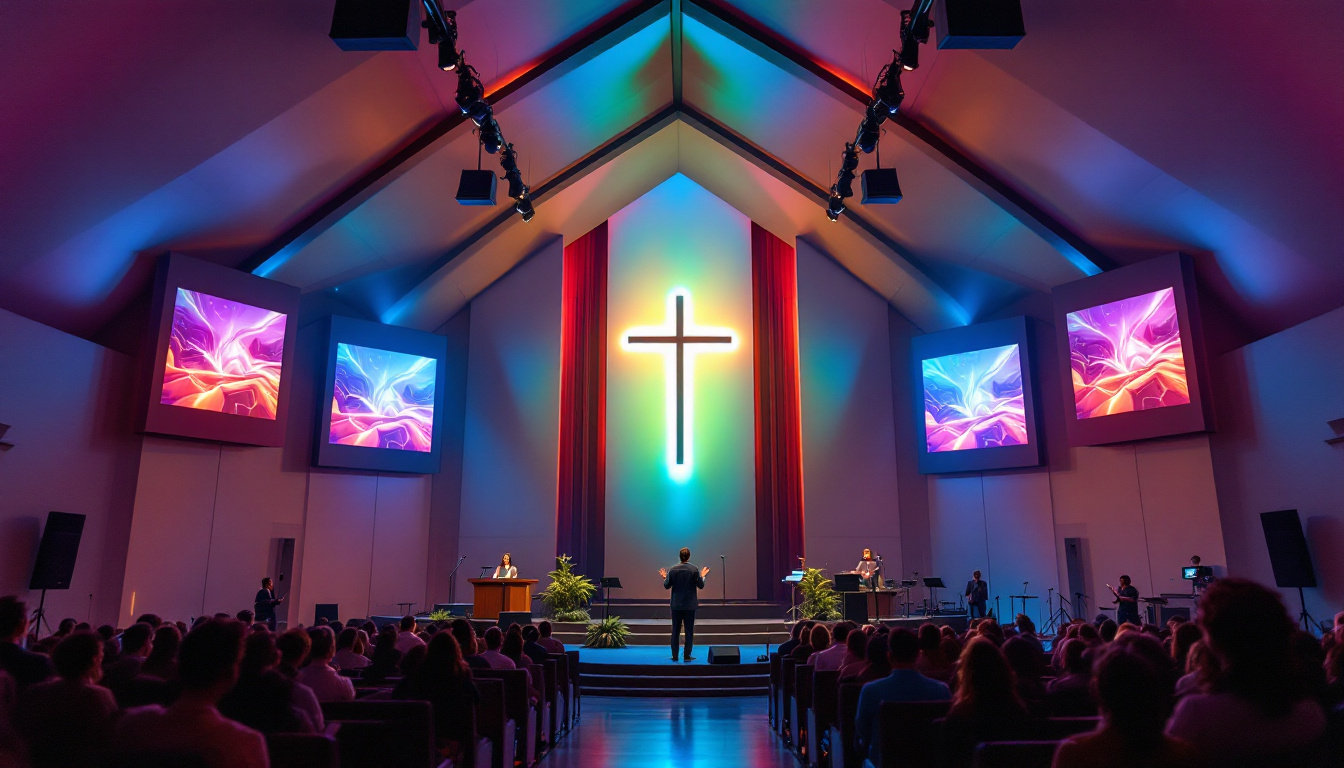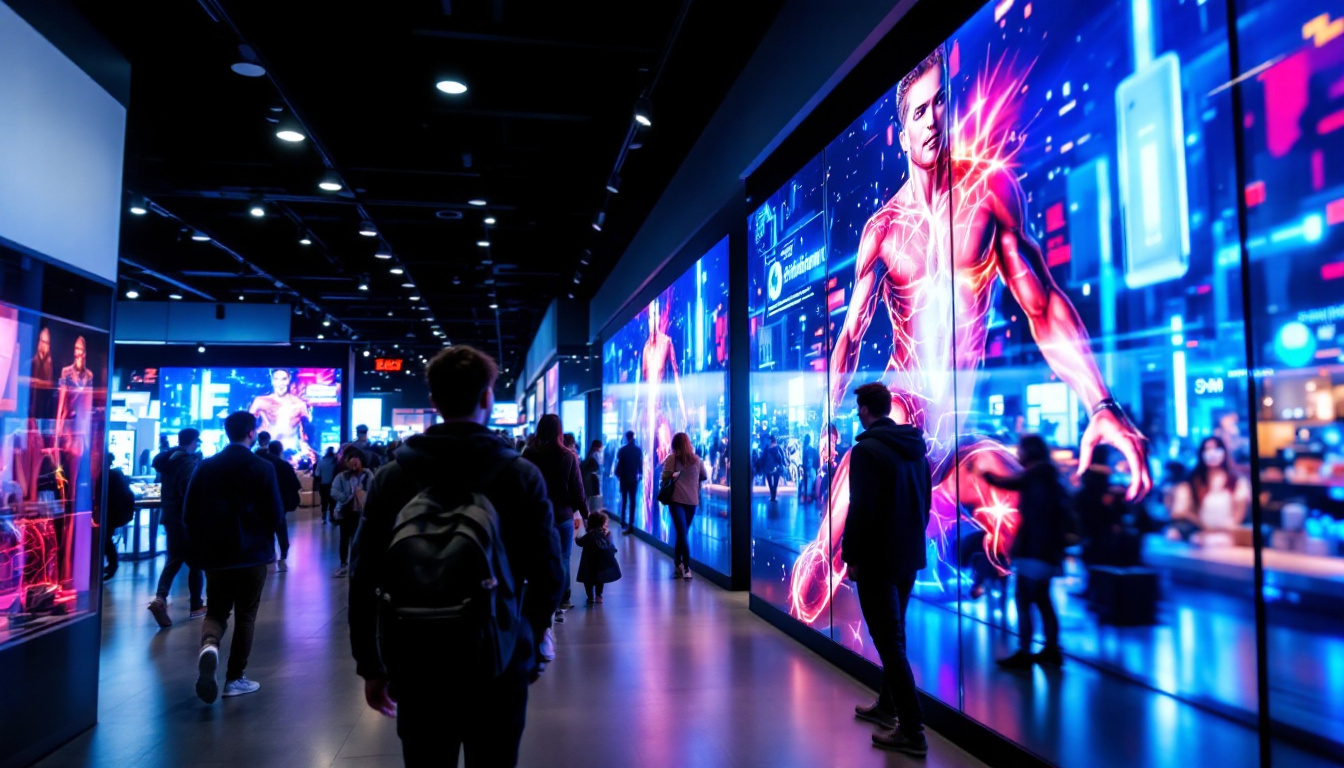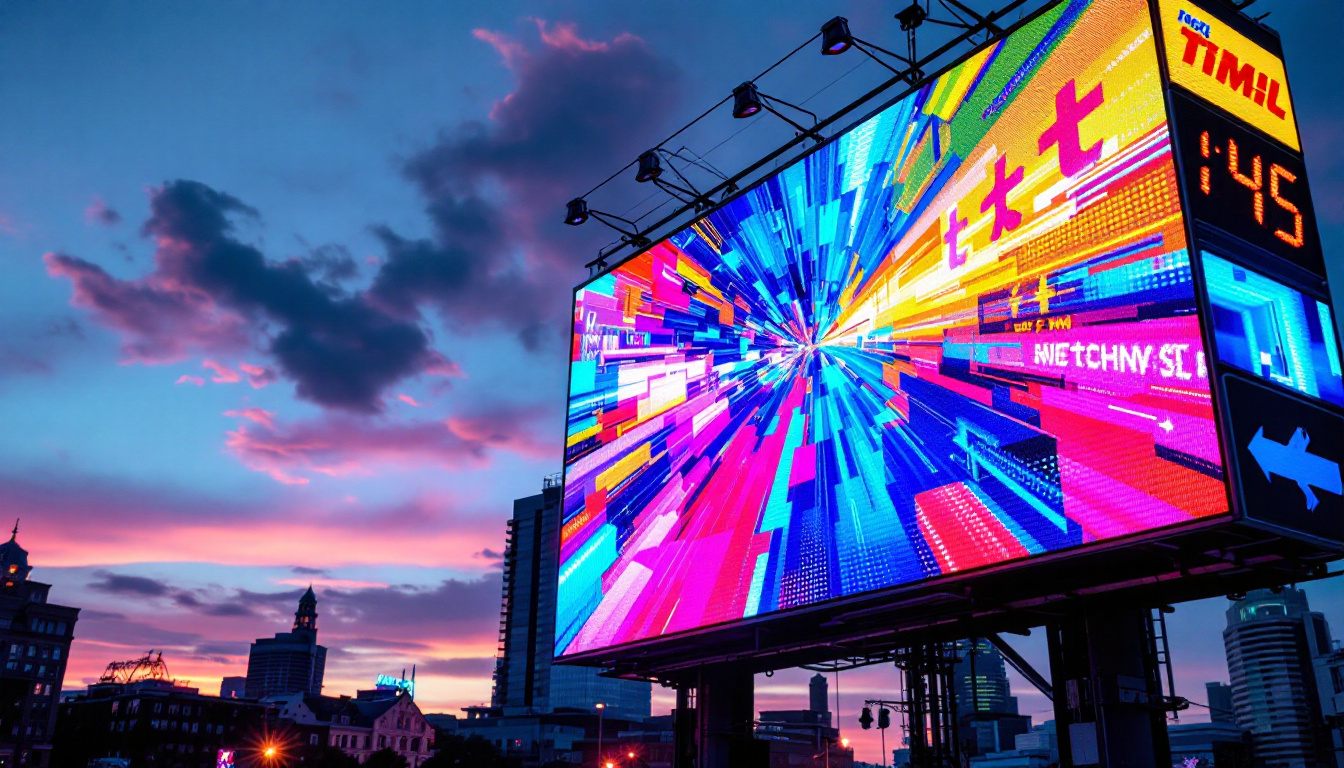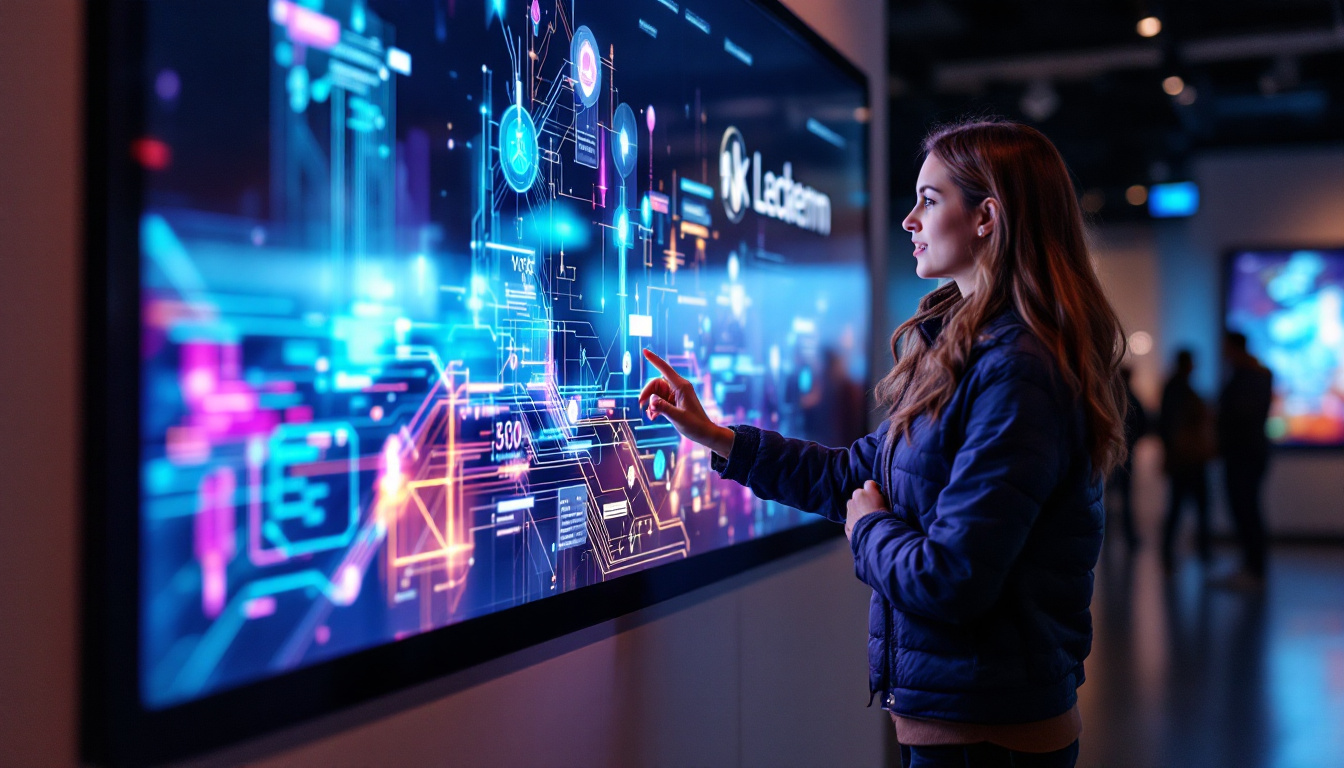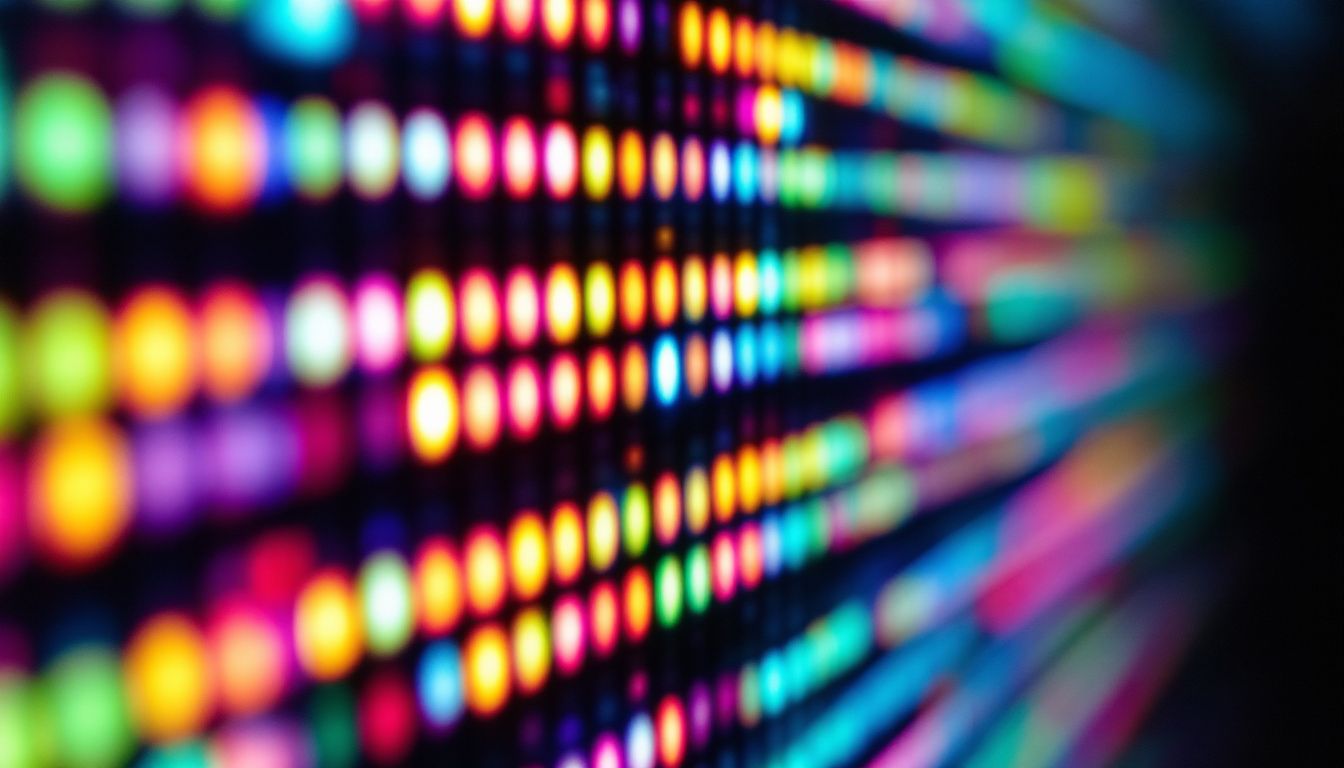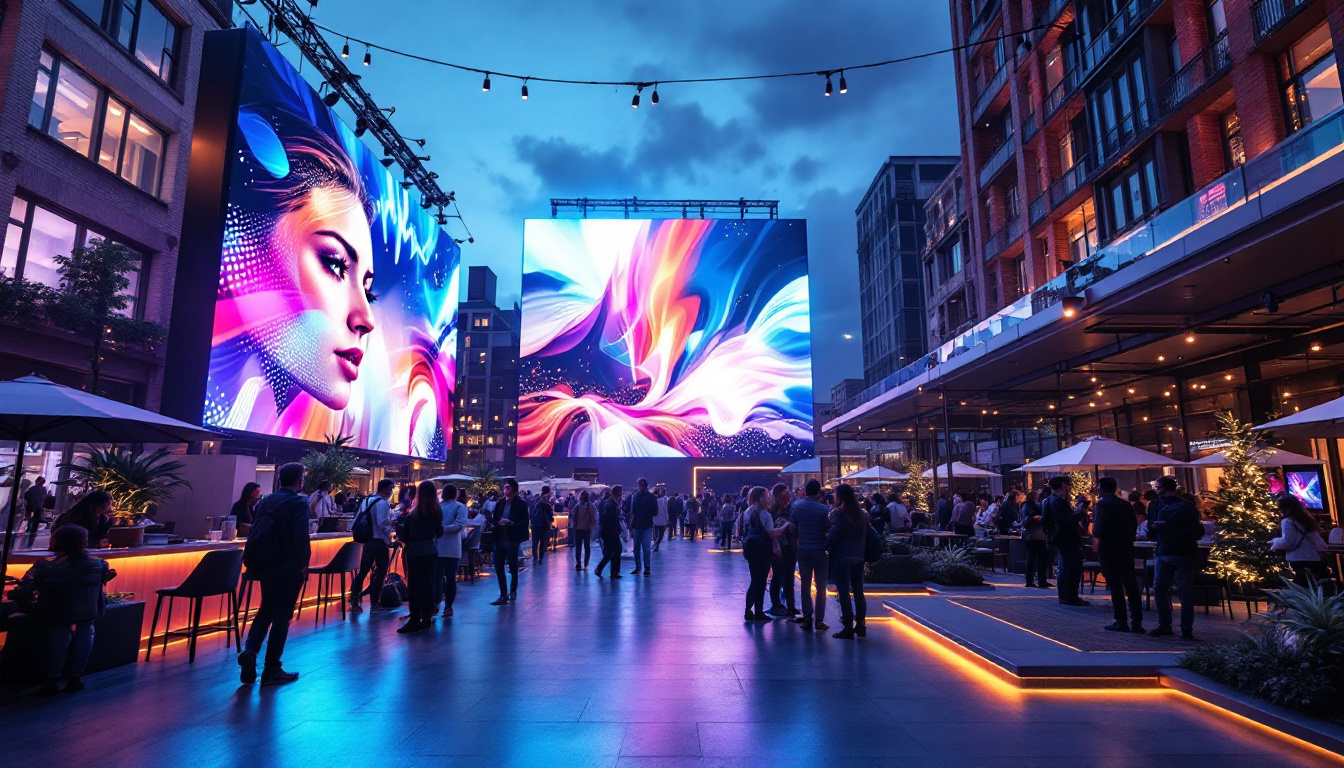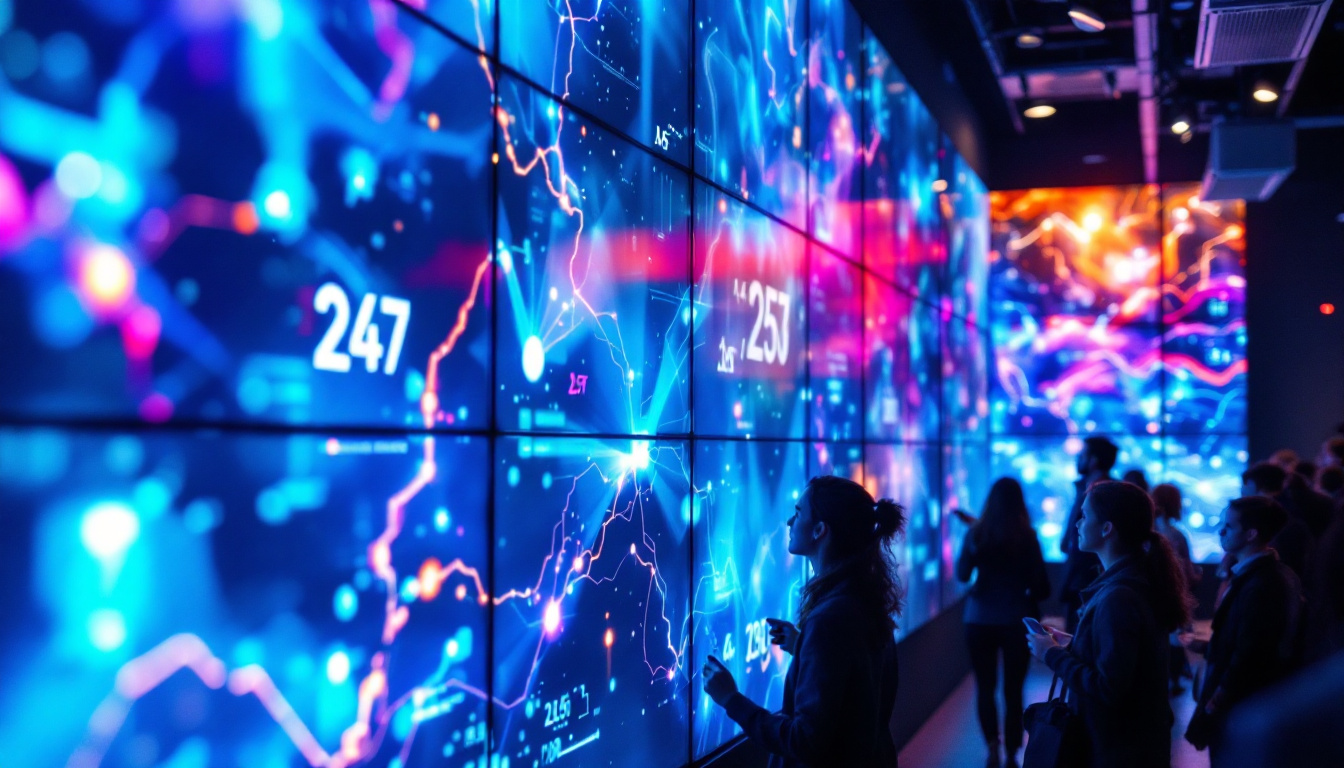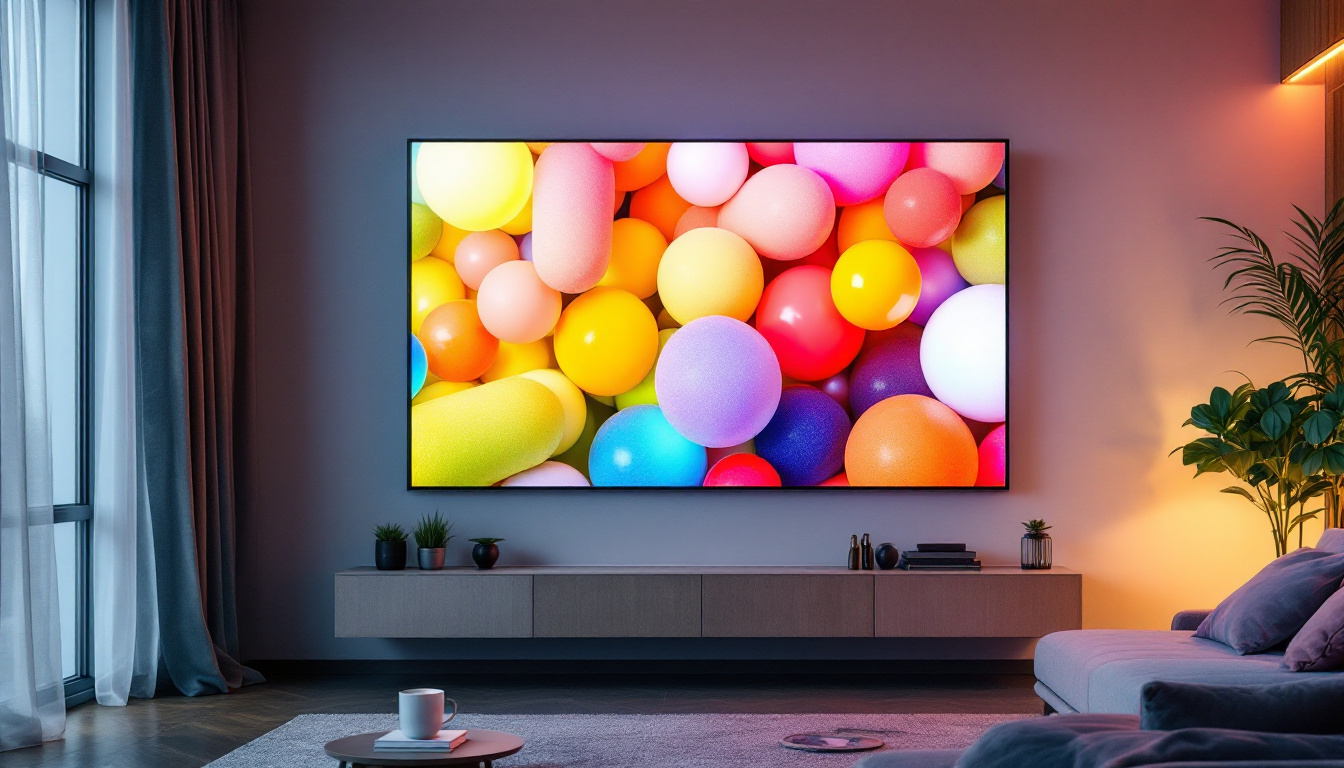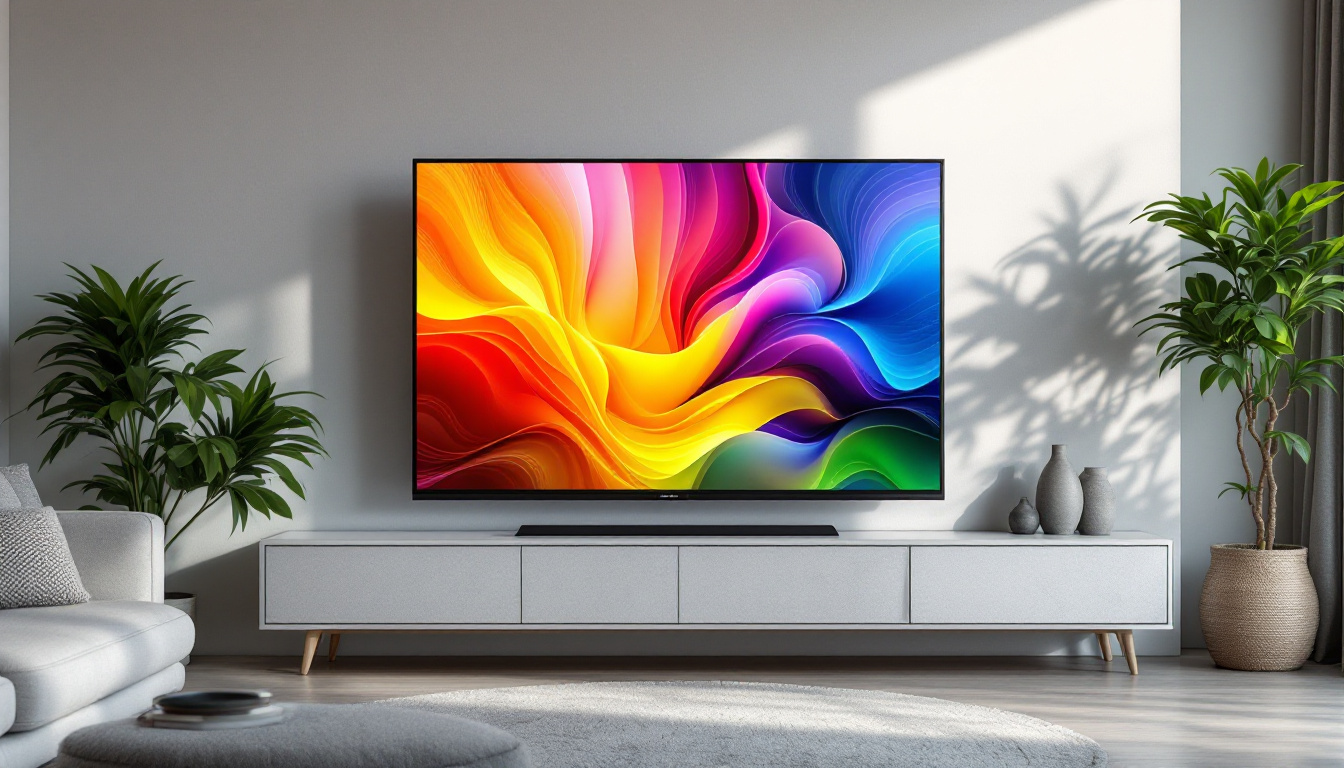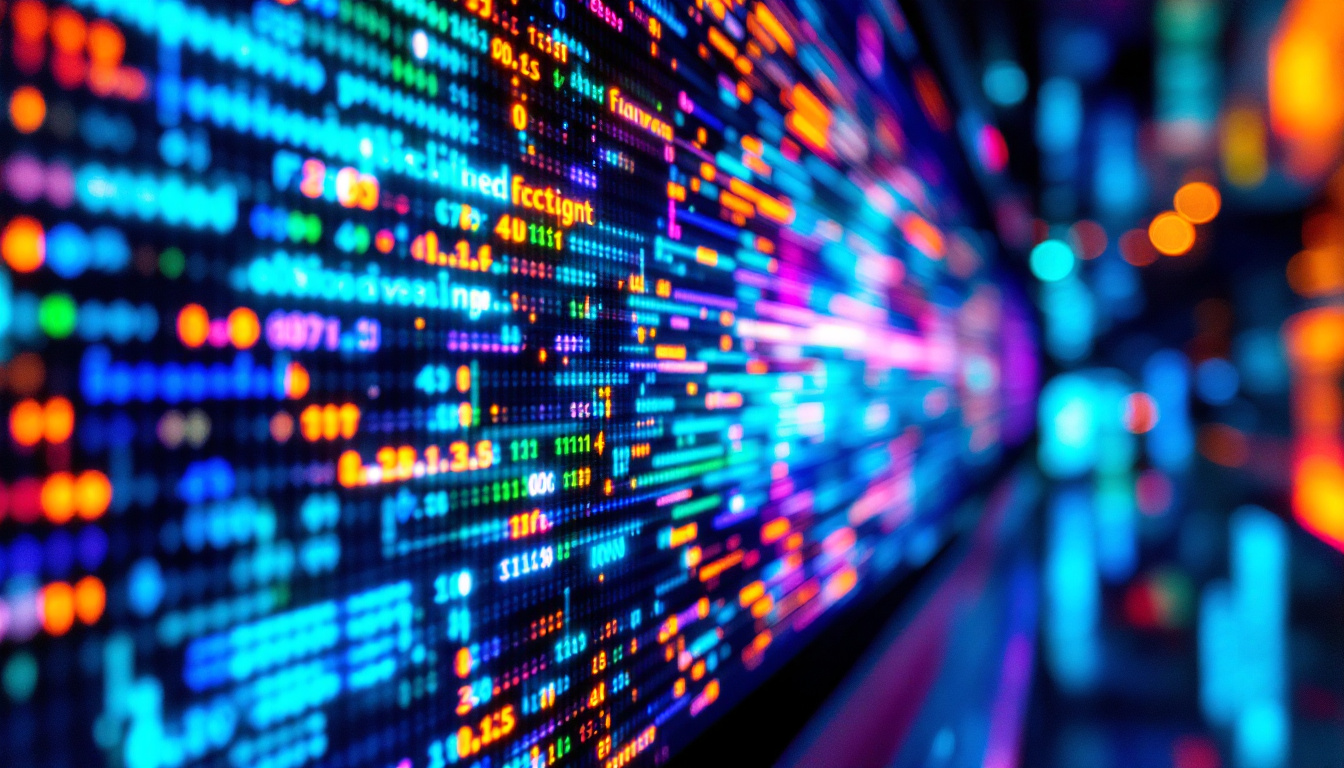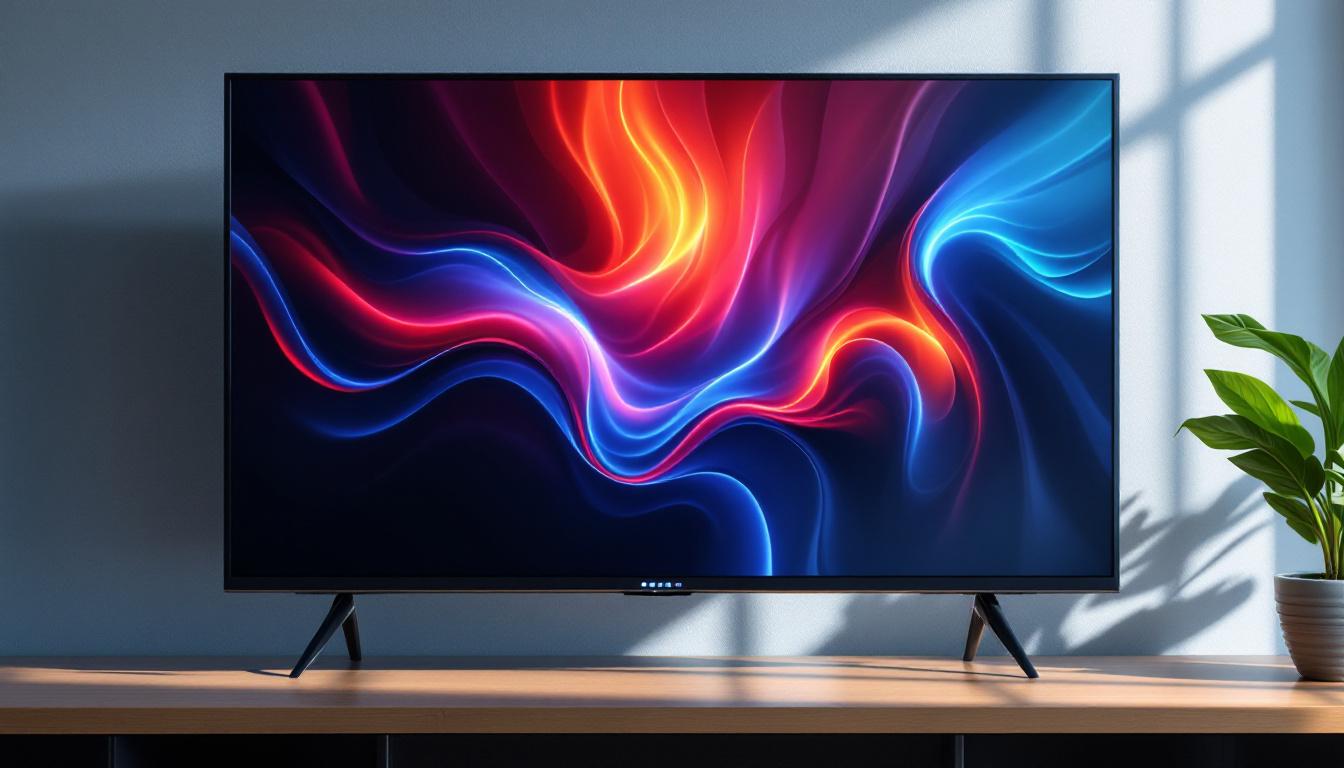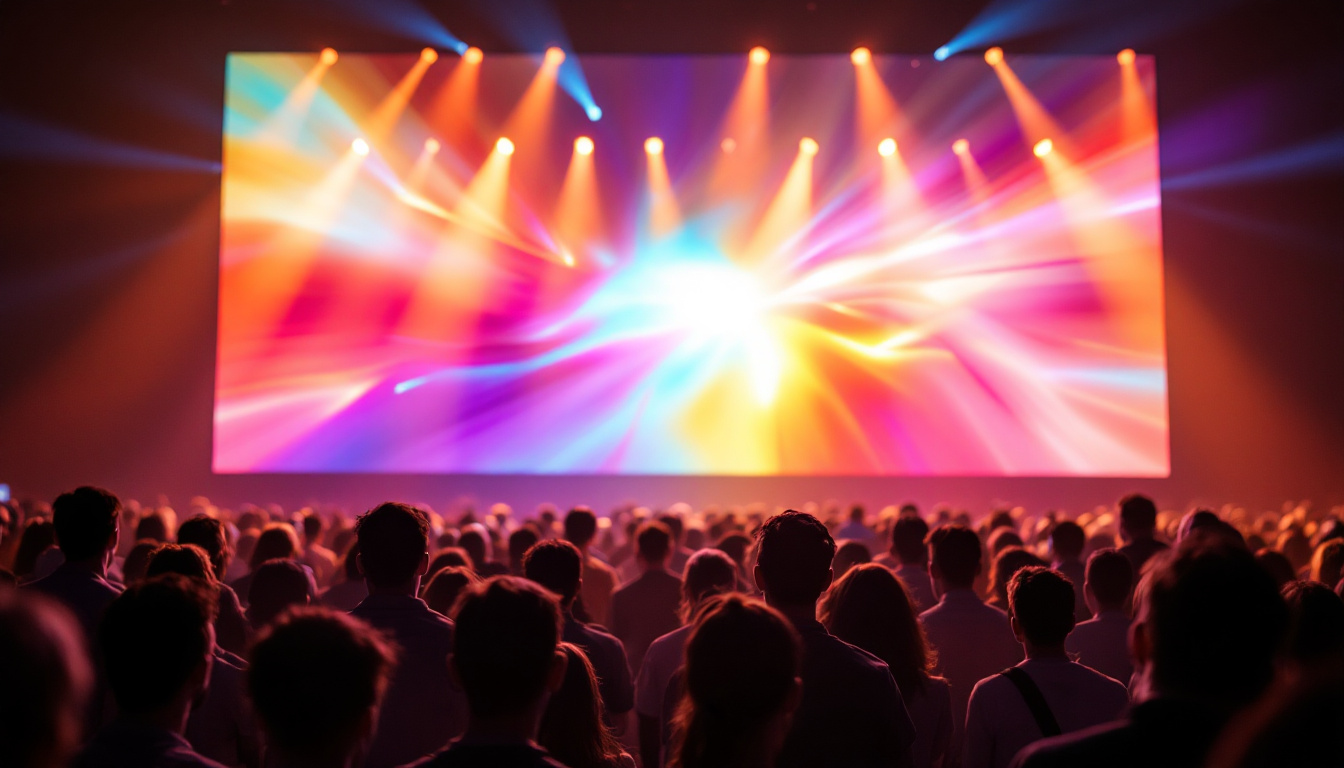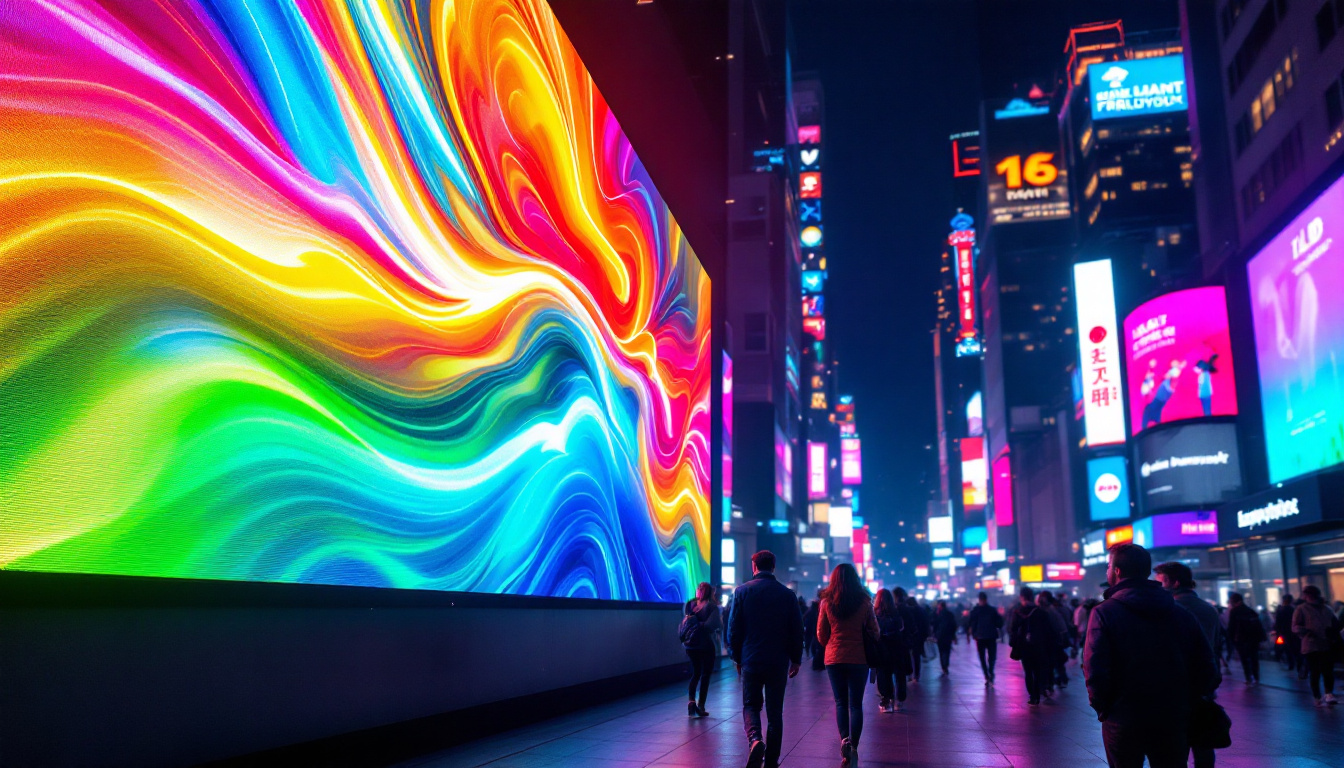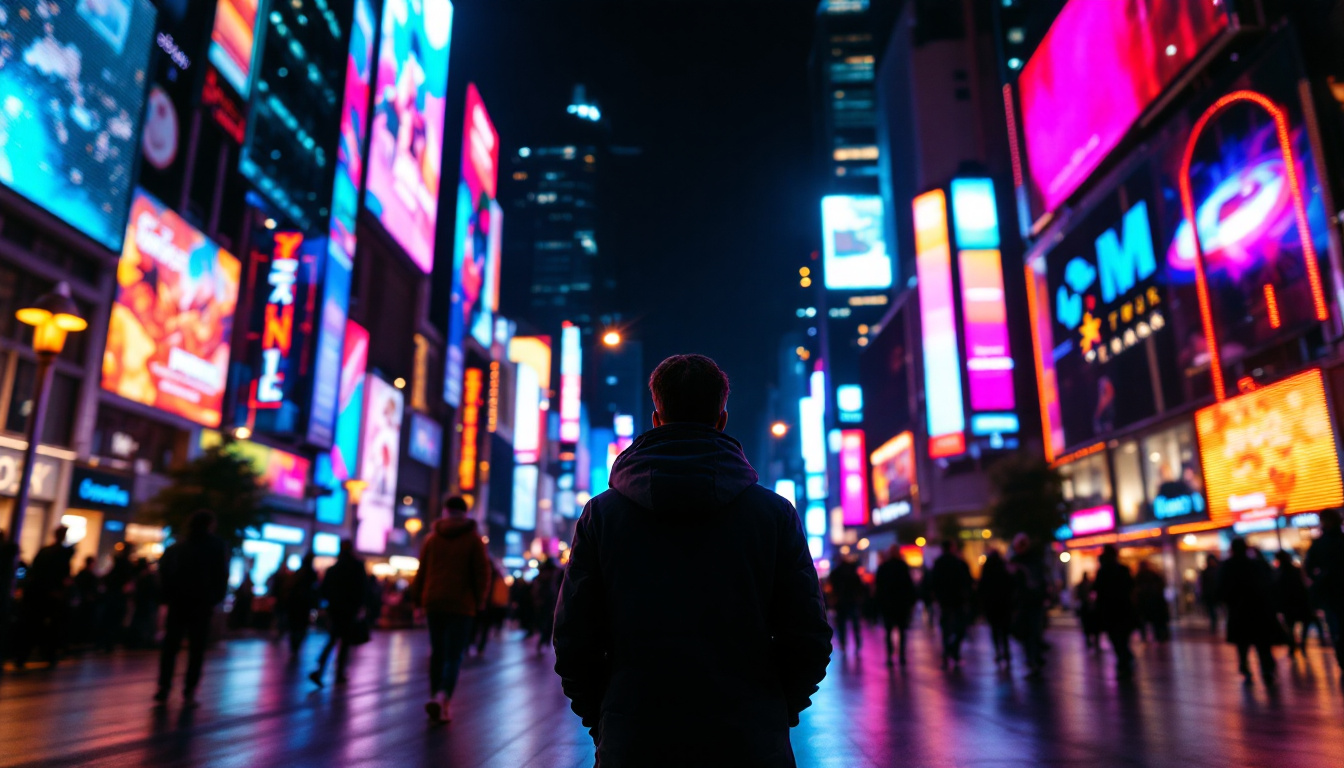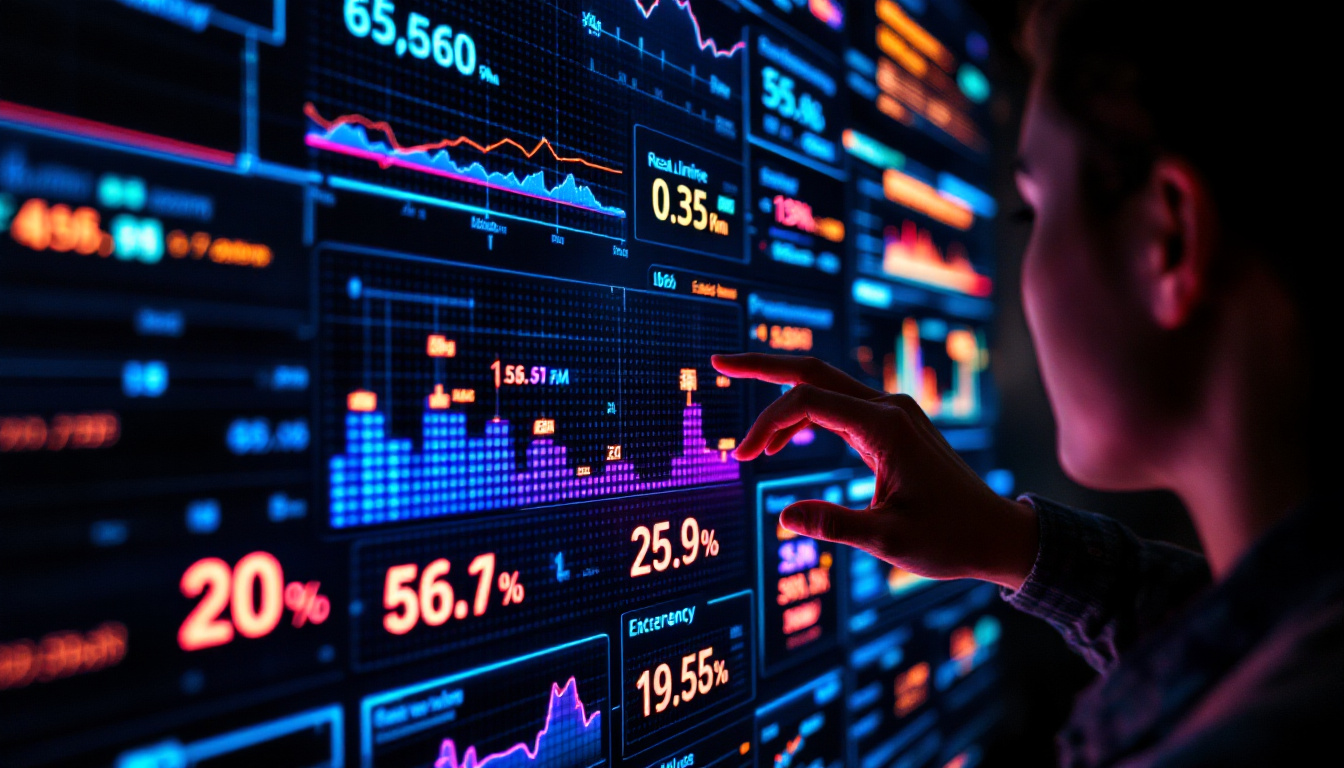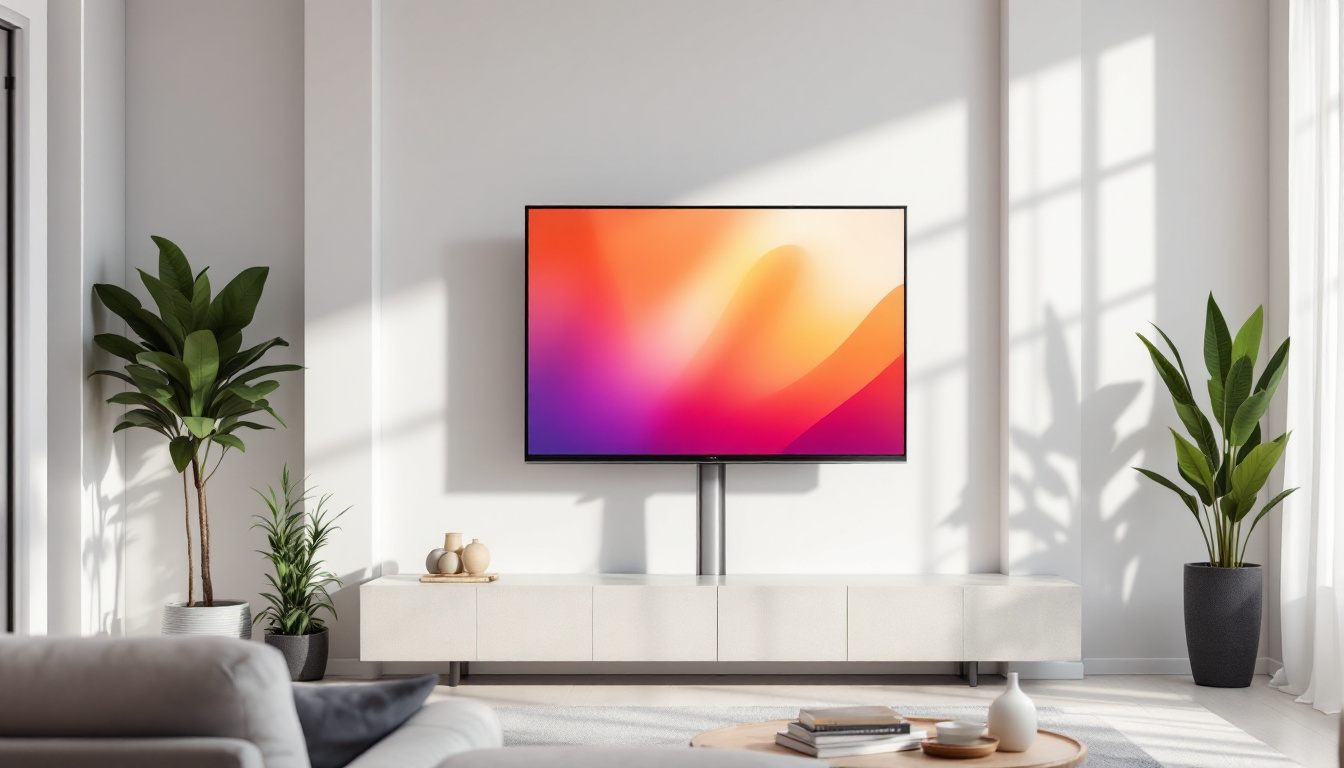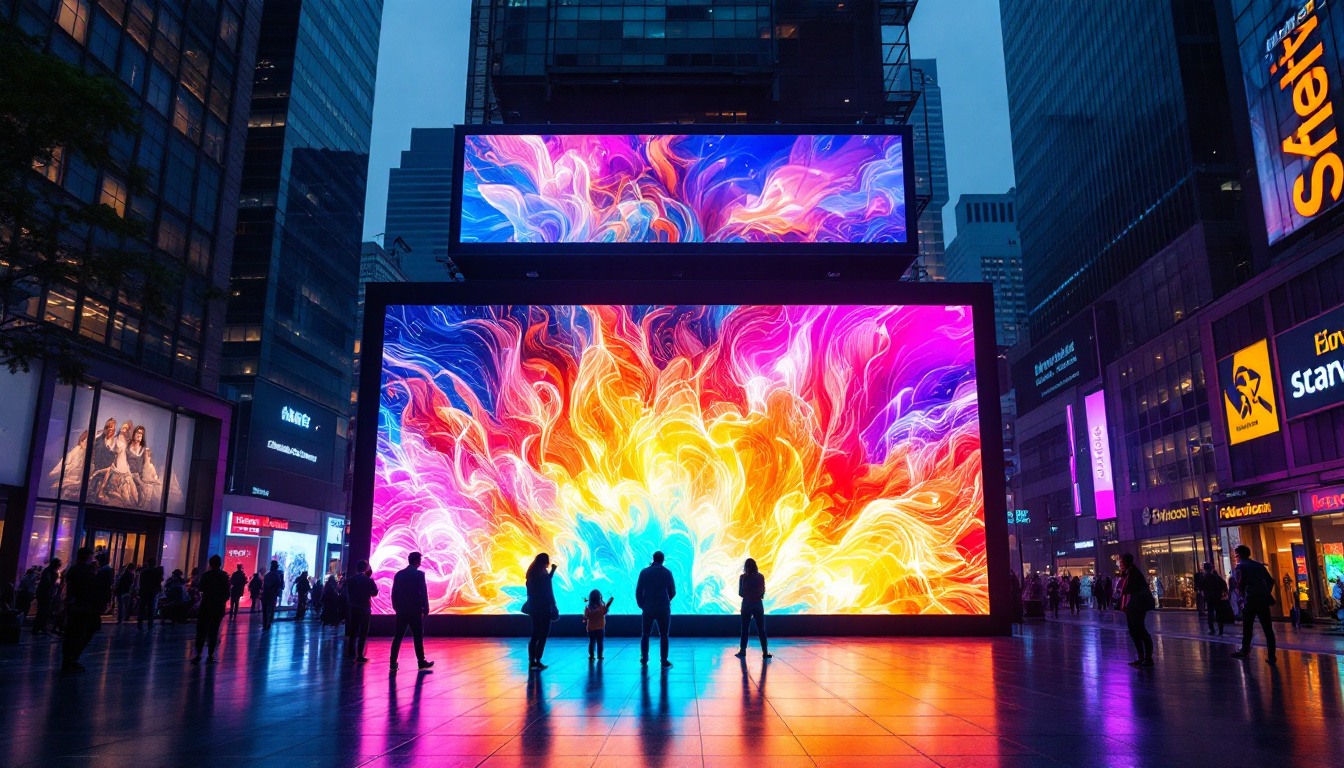In recent years, LED displays have become ubiquitous in various settings, from advertising billboards to television screens. Their versatility, energy efficiency, and superior image quality have made them a preferred choice for both commercial and personal use. This article delves into the intricacies of LED displays, exploring their technology, applications, advantages, and future trends.
Understanding LED Technology
LED, or Light Emitting Diode, is a semiconductor device that emits light when an electric current passes through it. This technology has revolutionized the way we think about lighting and display systems. Unlike traditional incandescent bulbs, LEDs are more energy-efficient and have a longer lifespan, making them a sustainable option. In fact, LEDs can last up to 25 times longer than incandescent bulbs, significantly reducing the frequency and cost of replacements. Additionally, their low energy consumption translates to lower electricity bills, making them an attractive choice for both residential and commercial applications.
The Basics of LED Functionality
At the core of LED technology is the principle of electroluminescence. When a voltage is applied to the LED, electrons recombine with holes within the device, releasing energy in the form of photons. The color of the emitted light depends on the materials used in the semiconductor. For example, gallium nitride produces blue light, while gallium phosphide emits green light. This ability to manipulate light at the semiconductor level has led to advancements in various fields, from automotive lighting to horticulture, where specific light wavelengths can enhance plant growth.
LEDs can be combined in various configurations to create displays. By arranging red, green, and blue (RGB) LEDs in a grid, a full-color display can be achieved. This RGB model is fundamental in producing a wide spectrum of colors, allowing for vibrant and dynamic images. Furthermore, the rapid response time of LEDs enables smooth video playback and animations, making them ideal for modern digital displays that require high refresh rates and clarity.
Types of LED Displays
LED displays can be categorized into several types, each suited for different applications. The most common types include:
- Direct View LED (DVLED): These displays consist of individual LED modules that are directly visible to the viewer. They are often used in large outdoor billboards and digital signage. Their high brightness levels ensure visibility even in direct sunlight, making them a popular choice for advertising and public information displays.
- LED-backlit LCD: This type combines traditional LCD panels with LED backlighting. It enhances the brightness and contrast of the image, making it a popular choice for televisions and computer monitors. The use of LED backlighting also allows for thinner and lighter designs, contributing to the sleek aesthetics of modern electronic devices.
- Organic LED (OLED): OLED displays use organic compounds that emit light when electricity is applied. They offer superior color accuracy and contrast ratios, making them ideal for high-end televisions and smartphones. Additionally, OLED technology enables flexible display designs, paving the way for innovative applications such as curved screens and wearable devices.
As LED technology continues to evolve, new applications and enhancements are being developed. For instance, advancements in smart lighting systems allow for the integration of LEDs with IoT (Internet of Things) technology, enabling users to control lighting remotely through smartphones or voice commands. This not only enhances convenience but also promotes energy conservation by allowing users to adjust lighting based on their needs and preferences.
Applications of LED Displays
LED displays have permeated various sectors, showcasing their versatility and adaptability. Here are some of the prominent applications:
Advertising and Marketing
One of the most significant uses of LED displays is in advertising. Digital billboards and signage have transformed how businesses promote their products and services. The ability to change content dynamically allows advertisers to target specific audiences and update messages in real-time, enhancing engagement and effectiveness.
Moreover, the bright and vibrant colors of LED displays capture attention more effectively than traditional print media. This capability has made LED displays a staple in urban environments, where competition for consumer attention is fierce.
Entertainment Industry
In the entertainment sector, LED technology has redefined stage design and concert experiences. Large LED screens are often used in concerts, festivals, and theater productions to create immersive visual environments. The flexibility of LED panels allows for creative designs that can adapt to various themes and performances.
Additionally, sports arenas utilize LED displays for scoreboards, instant replays, and fan engagement. The high refresh rates and brightness levels ensure that the audience experiences clear visuals, even in outdoor settings.
Consumer Electronics
LED technology has also made significant strides in consumer electronics, particularly in televisions and monitors. The shift from traditional LCDs to LED-backlit screens has improved picture quality, energy efficiency, and design aesthetics. Modern televisions often feature ultra-thin profiles, thanks to the compact nature of LED technology.
Furthermore, the rise of OLED displays has taken visual quality to new heights, offering deeper blacks and more vibrant colors. This advancement has made OLED a preferred choice for high-end televisions, enhancing the viewing experience for consumers.
Advantages of LED Displays
LED displays offer numerous advantages that make them a preferred choice across various applications. Understanding these benefits can help consumers and businesses make informed decisions.
Energy Efficiency
One of the most significant advantages of LED displays is their energy efficiency. Compared to traditional lighting and display technologies, LEDs consume significantly less power. This efficiency translates to lower electricity bills and a reduced carbon footprint, making them an environmentally friendly option.
In commercial settings, the long lifespan of LED displays further enhances their cost-effectiveness. With an operational life of up to 100,000 hours, businesses can reduce replacement and maintenance costs, ultimately leading to substantial savings over time.
Superior Image Quality
LED displays are renowned for their superior image quality. They offer higher brightness levels, better contrast ratios, and more vibrant colors compared to traditional displays. This quality is particularly important in outdoor settings, where ambient light can wash out images on less capable screens.
Additionally, the ability to produce true blacks and a wide color gamut enhances the viewing experience, making LED displays ideal for applications requiring high visual fidelity, such as movies and video games.
Flexibility and Versatility
LED technology offers remarkable flexibility in design and application. Displays can be customized in various shapes and sizes, making them suitable for a wide range of environments, from small retail spaces to large stadiums. This adaptability allows for creative installations that can enhance architectural designs and branding efforts.
Furthermore, advancements in LED technology have led to the development of flexible and transparent displays, opening new possibilities for innovative applications in retail and advertising.
Challenges and Considerations
Despite their many advantages, LED displays also come with challenges that consumers and businesses should consider before making a purchase.
Initial Cost
The initial investment for LED displays can be higher than traditional display technologies. While the long-term savings on energy and maintenance can offset this cost, the upfront expense may deter some businesses from making the switch. It is essential to evaluate the total cost of ownership, including energy savings and longevity, when considering an LED display.
Viewing Angles and Distance
Another consideration is the viewing angle and distance. While LED displays offer excellent image quality, certain types may have limited viewing angles, which can affect the experience for viewers positioned at an angle. It is crucial to select the right type of LED display based on the intended viewing environment to ensure optimal performance.
Additionally, the pixel pitch—the distance between the center of one LED pixel to the center of the next—can impact the visibility of the display. A smaller pixel pitch is necessary for close viewing, while a larger pitch may suffice for distant viewing.
The Future of LED Displays
The future of LED displays looks promising, with ongoing advancements in technology and applications. As the demand for high-quality visuals continues to grow, manufacturers are exploring innovative solutions to enhance LED performance.
Technological Innovations
Emerging technologies such as MicroLED and MiniLED are set to revolutionize the display industry. MicroLED technology involves tiny individual LEDs that can be used to create displays with exceptional brightness, contrast, and color accuracy. This technology has the potential to replace OLED displays in high-end applications, offering even better performance.
MiniLED, on the other hand, utilizes smaller LEDs for backlighting LCD panels, improving contrast and brightness. This innovation allows for thinner displays and better energy efficiency, making it an attractive option for consumer electronics.
Integration with Smart Technologies
The integration of LED displays with smart technologies is another trend shaping the future. As the Internet of Things (IoT) continues to expand, LED displays are becoming smarter, enabling features such as remote management, real-time data integration, and interactive capabilities.
This integration allows businesses to create dynamic content that can adapt to changing conditions, enhancing customer engagement and operational efficiency.
Sustainability Initiatives
As sustainability becomes a priority for consumers and businesses alike, manufacturers are focusing on eco-friendly practices in LED production. Efforts to reduce energy consumption, minimize waste, and recycle materials are gaining traction in the industry. These initiatives not only benefit the environment but also appeal to consumers who prioritize sustainability in their purchasing decisions.
Conclusion
LED displays have transformed the way information is presented and consumed, offering unparalleled advantages in energy efficiency, image quality, and versatility. As technology continues to evolve, the applications and benefits of LED displays are set to expand further. Understanding the intricacies of LED technology, its applications, and the challenges involved can empower consumers and businesses to make informed decisions in this dynamic landscape.
With ongoing innovations and a focus on sustainability, the future of LED displays promises to be bright, paving the way for even more engaging and efficient visual experiences. Whether in advertising, entertainment, or consumer electronics, LED technology is poised to remain at the forefront of display solutions for years to come.
Discover LumenMatrix’s Innovative LED Solutions
Ready to elevate your visual experience with the latest in LED display technology? Look no further than LumenMatrix, a pioneer in crafting LED displays that bring your content to life. From the vibrancy of an Indoor LED Wall Display to the dynamic impact of an Outdoor LED Wall Display, LumenMatrix offers a comprehensive suite of solutions tailored to your needs. Whether it’s for mobile advertising with Vehicle LED Displays, engaging sports fans with LED Sports Displays, or creating immersive environments with Floor and Custom LED Displays, LumenMatrix is your partner in revolutionizing visual communication. Embrace the future of display technology with our All-in-One and LED Transparent Displays. Check out LumenMatrix LED Display Solutions and start creating unforgettable visual narratives for your audience today.

